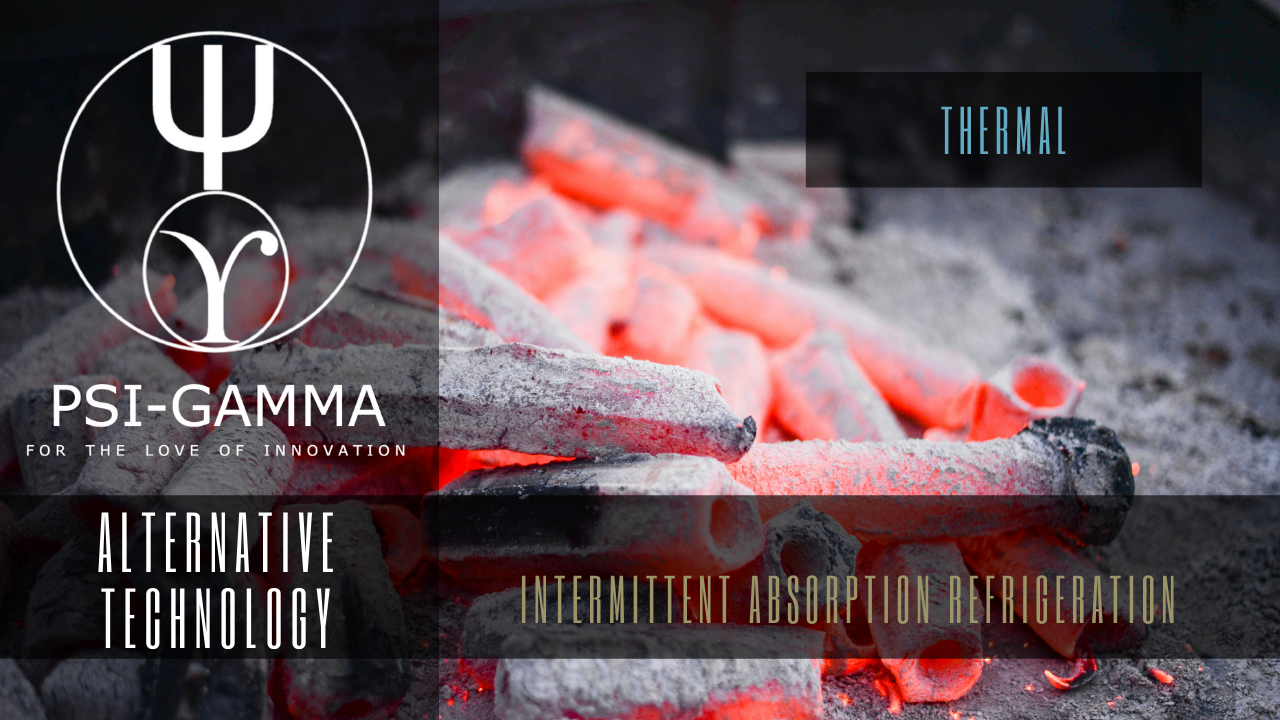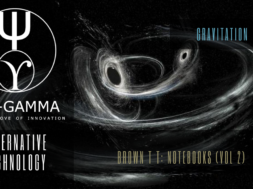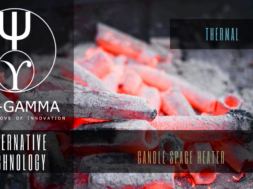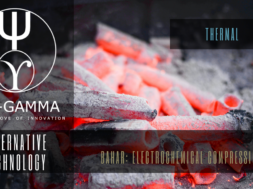
International Journal of Energy Research 26 (9): 825 – 835 (2002)
Operational Results of an Intermittent Absorption Cooling Unit
Ali R. El-Ghalban *
Department of Mechanical Power Engineering, Faculty of Engineering, Menufia University, Shebin El-kaum, Egypt
email: Ali R. El-Ghalban (aghalban@hotmail.com)
Correspondence to Ali R. El-Ghalban, Department of Mechanical Power Engineering, Faculty of Engineering, Menufia University, Shebin El-Kaum, Egypt
The concept of solar cooling is appealing because the cooling load is in phase with the intensity of solar energy. Many system arrangements or cycles are employed to achieve solar cooling, such as Absorption, desiccant or Rankine-vapour compression systems. The technical feasibility of driving an absorption-cooling unit by a low-temperature heat source (such as solar energy using a simple flat-plate collector) for air-conditioning applications is investigated in this work.
Renewable Energy 6 (7) 867-882 (October, 1995)
Adaptation of an adsorptive solar refrigerator to Moroccan climates
Bentayeb, F.a; Lemmini, F.a; Guilleminot, J. J.b
a. Laboratoire d’Energie Solaire, Faculté des Sciences, B.P. 1014, Rabat, Morocco
b. LIMSI CNRS, B.P. 30, 91406 Orsay, France
In this paper, we introduce a model taking account of the real operation of an adsorptive solar refrigerator using activated carbon-methanol pairs, as a function of the climatic conditions: ambient temperature and insolation. The model is used to simulate the operation of the refrigerator in two Moroccan climates: Rabat, temperate and humid, and Marrakech, dry and hot. The numerical simulation shows that the behaviour of the refrigerator is different from one climate to the other. In Rabat, which has a Mediterranean climate, the cold room temperature can be maintained at a value practically always less than 5°C; whereas in Marrakech, which has a pre-Saharan climate, an overheating problem can arise in the summer season and temperatures in the cold room can reach 17°C. Results also show that in both climates we are confronted with the problem of freezing because the cold room temperatures can be less than 0°C and reach -15°C in the winter.
Elsevier Science
Item: 0960-1481(94)E0020-6
ISSN: 0960-1481
Solar Energy 60 (2): 77-87 (February, 1997)
Design optimization of the flat plate collector for a solid absorption solar refrigerator
Enibe, S. O.a; Iloeje, O. C.a
a. National Centre for Energy Research and Development and Department of Mechanical Engineering, University of Nigeria, Nsukka, Nigeria
A study of the effects of various collector design parameters on the performance of a solar powered solid absorption refrigerator is presented. The refrigerator uses specially treated CaCl2 as absorbent and NH3 as refrigerant and operates intermittently in a diurnal cycle. The study is undertaken using version 4.0 of a simulation programme, COSSOR, developed from a transient analysis of the system. A large number of simulations was undertaken to test the performance of the refrigerator for various choices of the collector design parameters. The latter include the plate emissivity and material; absorbent pellet diameter, thermal conductivity and packing density; collector tube size, spacing and material; and number of glazing. The refrigerator performance indicators, namely total condensate yield, mass of ice produced, coefficient of performance and effective cooling, are presented for the range of values of the collector parameters of interest. Using a multiple linear regression technique, the performance indicators are correlated with the collector parameters by simple linear polynomial expressions. An objective function, suitable for selecting optimal values of the parameters, is defined, subject to specified constraints. Optimization was then carried out for the objective function. For the collector with steel tubes and steel plate, the refrigerator coefficient of performance obtained with optimal choices of tube size, spacing and plate emissivity is 0.073, representing an improvement of at least 30% with respect to the reference collector. A similar level of improvement was obtained for a collector with aluminium tubes and plate.










